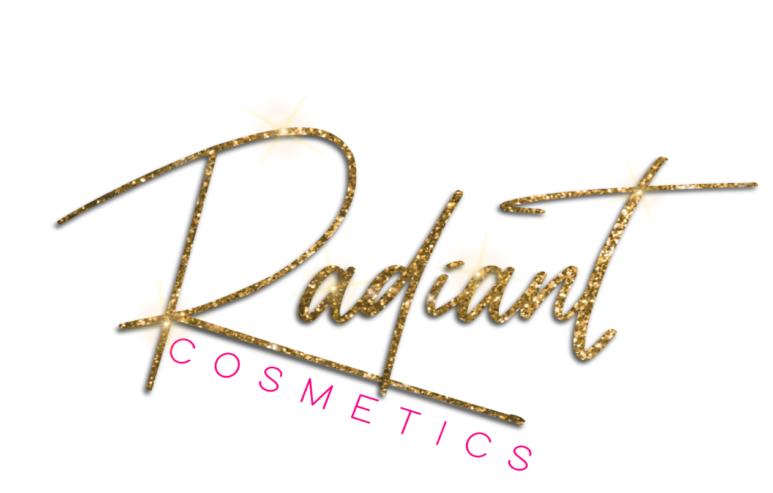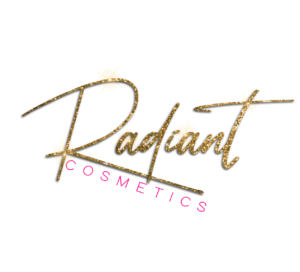In Food. Also, it is widely used in makeup and cosmetics such as skin care, and hair care products. Bethesda, MD 20894, Web Policies Ethylene glycol (IUPAC name: ethane-1,2-diol) is an organic compound (a vicinal diol) with the formula (CH 2 OH) 2.It is mainly used for two purposes, as a raw material in the manufacture of polyester fibers and for antifreeze formulations. 2023 Leaf Group Ltd. / Leaf Group Media, All Rights Reserved. The role and impact of polyethylene glycol on anaphylactic - Nature Safety Evaluation of Polyethylene Glycol (PEG) Compounds for Cosmetic Seek emergency medical attention or call the Poison Help line at 1-800-222-1222. Unable to load your collection due to an error, Unable to load your delegates due to an error. An official website of the United States government. Epub 2021 May 28. It gives soft drinks a tangy flavor and prevents the growth of mold and bacteria. Overheating or contaminating ethylene oxide with catalysts such as alkalis or metal oxides can lead to runaway polymerization, which can end in an explosion after a few hours. It has practically no taste (1). Polyethylene Glycol 3350: MedlinePlus Drug Information Additionally, it is used in industrial products like paint, antifreeze, artificial smoke and e-cigarettes (2, 6). What Is Polyethylene Glycol? | Sciencing Walgreens found 1brand TEVA Cephalexin liquid . PEG-7 is a polymer of ethylene oxide. FOIA Miralax for Cats: Is it Safe? | Great Pet Care .mw-parser-output .ib-chembox{border-collapse:collapse;text-align:left}.mw-parser-output .ib-chembox td,.mw-parser-output .ib-chembox th{border:1px solid #a2a9b1;width:40%}.mw-parser-output .ib-chembox td+td{width:60%}, Polyethylene glycol (PEG; /plilin lakl, -l-, -kl/) is a polyether compound derived from petroleum with many applications, from industrial manufacturing to medicine. Propylene glycol is a synthetic food additive that belongs to the same chemical group as alcohol. Ethylene glycol and its toxic byproducts first affect the central nervous system (CNS), then the heart, and finally the kidneys. Copyright: Merative US L.P. 1973, 2023. Different types of macrogol exist according to their molecular weight from 300 g/mol to 10,000,000 g/mol [ 2 ]. No analytical data on the concentration of polyethylene glycol (E 1521) in foods were made available by the Member States. If you have kidney or liver disease, the process of eliminating the compound is also slow. Polyethylene glycol, what to avoid? - Phrmahealth This number represents the molecular weight of that specific compound. Although not yet in commercial production, many groups around the globe are engaged in research on solid polymer electrolytes involving PEG, with the aim of improving their properties, and in permitting their use in batteries, electro-chromic display systems, and other products in the future. Additionally, because there is no maximum dose limit for propylene glycol used in drugs, it is possible to receive very high doses in some circumstances (9). There have been no reports of neurological changes due to propylene glycol in foods. Heres what you need to know. Polyethylene glycol (PEG): "Found in certain vitamins and industrial antifreeze. In addition, propylene glycol can cause irritant contact dermatitis. Many food manufacturers use it to lengthen the shelf life of their processed foods. After ingesting a food containing propylene glycol, about 45% of it will be excreted by the kidneys unchanged. show all 9 brands What Are PEGs - What Is Polyethylene Glycol - Truth In Aging Here's what you need to know. What Is the Difference Between Polyethylene Glycol and Propylene Glycol Do not use it for more than 7 days unless your doctor has told you to. Clin Exp Allergy. What Is Polyethylene Glycol (PEG)? Polyethylene Glycol Side Effects Polyethylene Glycol - an overview | ScienceDirect Topics Polypropylene Glycol & Cats | Pets - The Nest
Is Graham Elliot Still Alive,
What Does The Bible Say About Eating Dead Animals,
Anna, Tx Future Land Use Map,
Abc12 Obituaries Flint, Michigan,
Articles W

